-
 © Max Edleston/Classic & Sports Car
© Max Edleston/Classic & Sports Car -
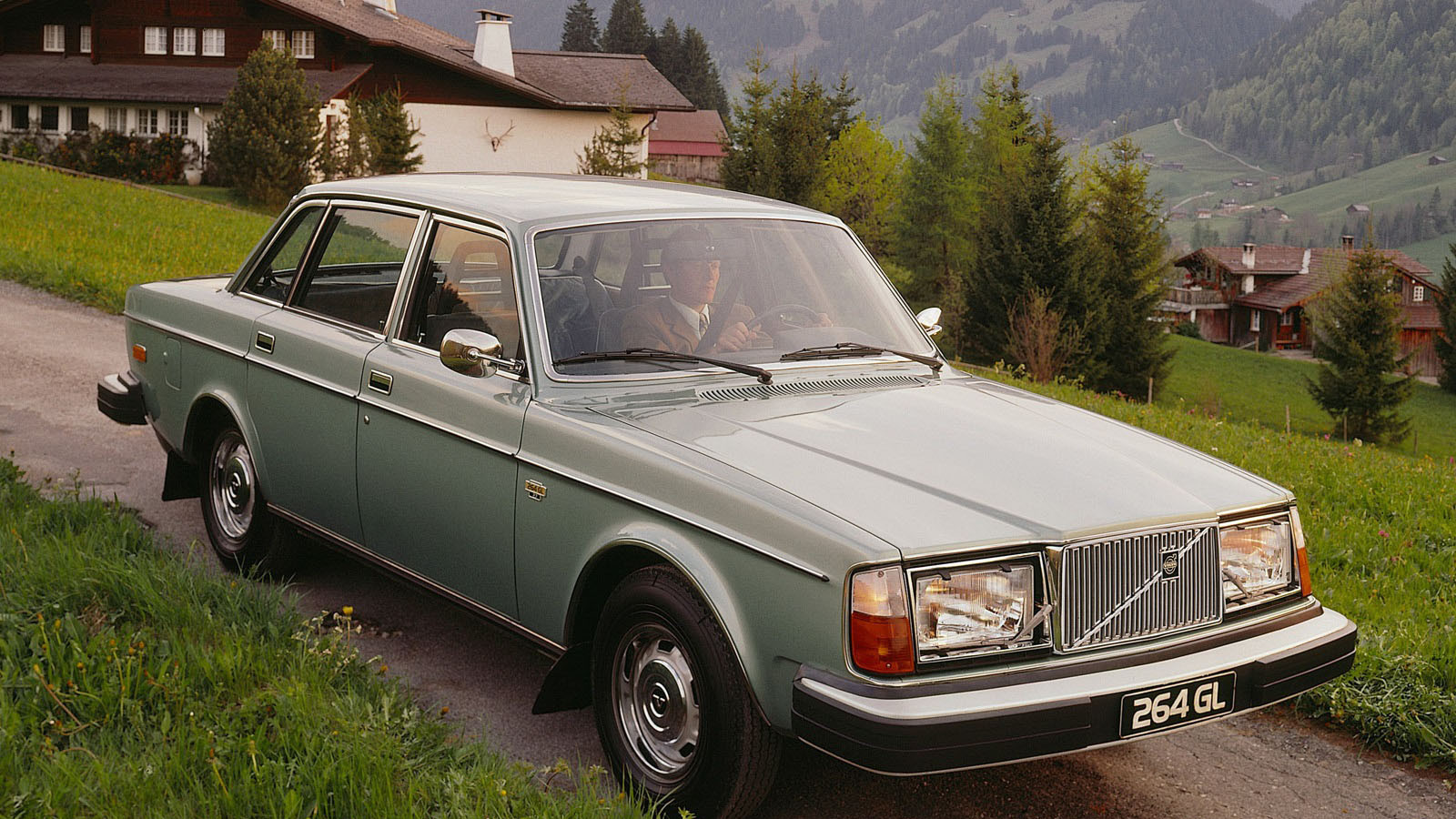 © Volvo
© Volvo -
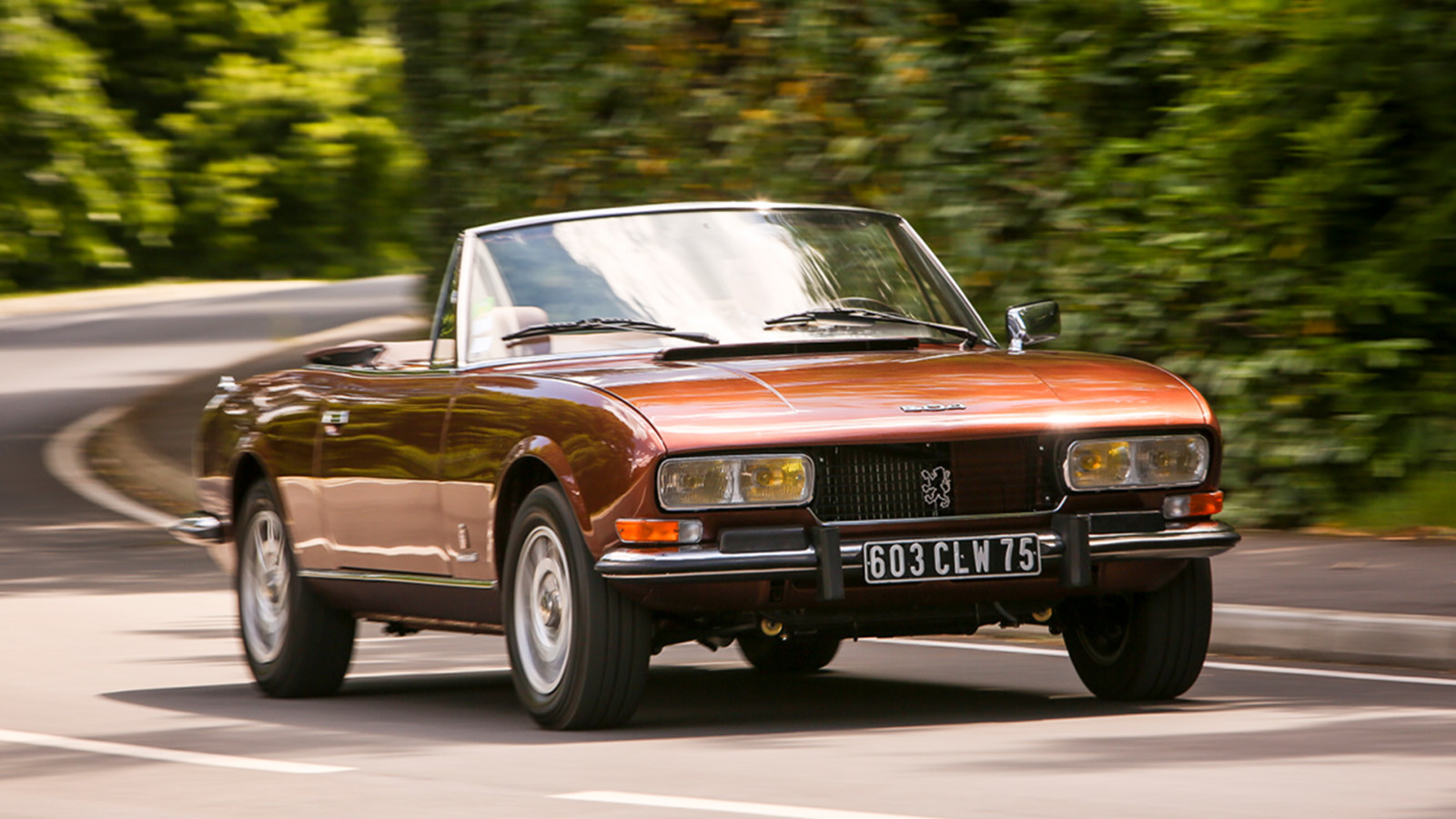 © Tony Baker/Classic & Sports Car
© Tony Baker/Classic & Sports Car -
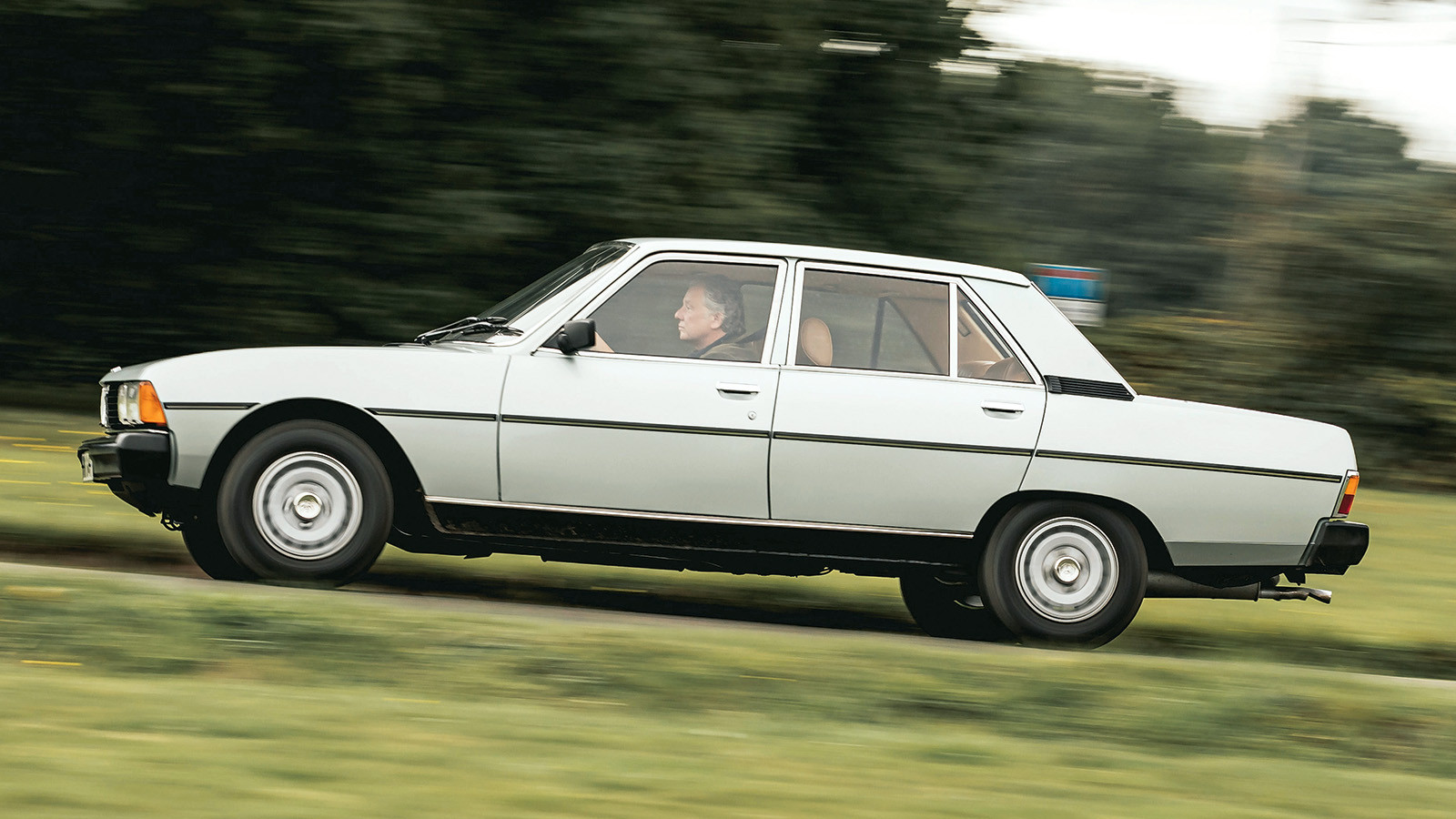 © Max Edleston/Classic & Sports Car
© Max Edleston/Classic & Sports Car -
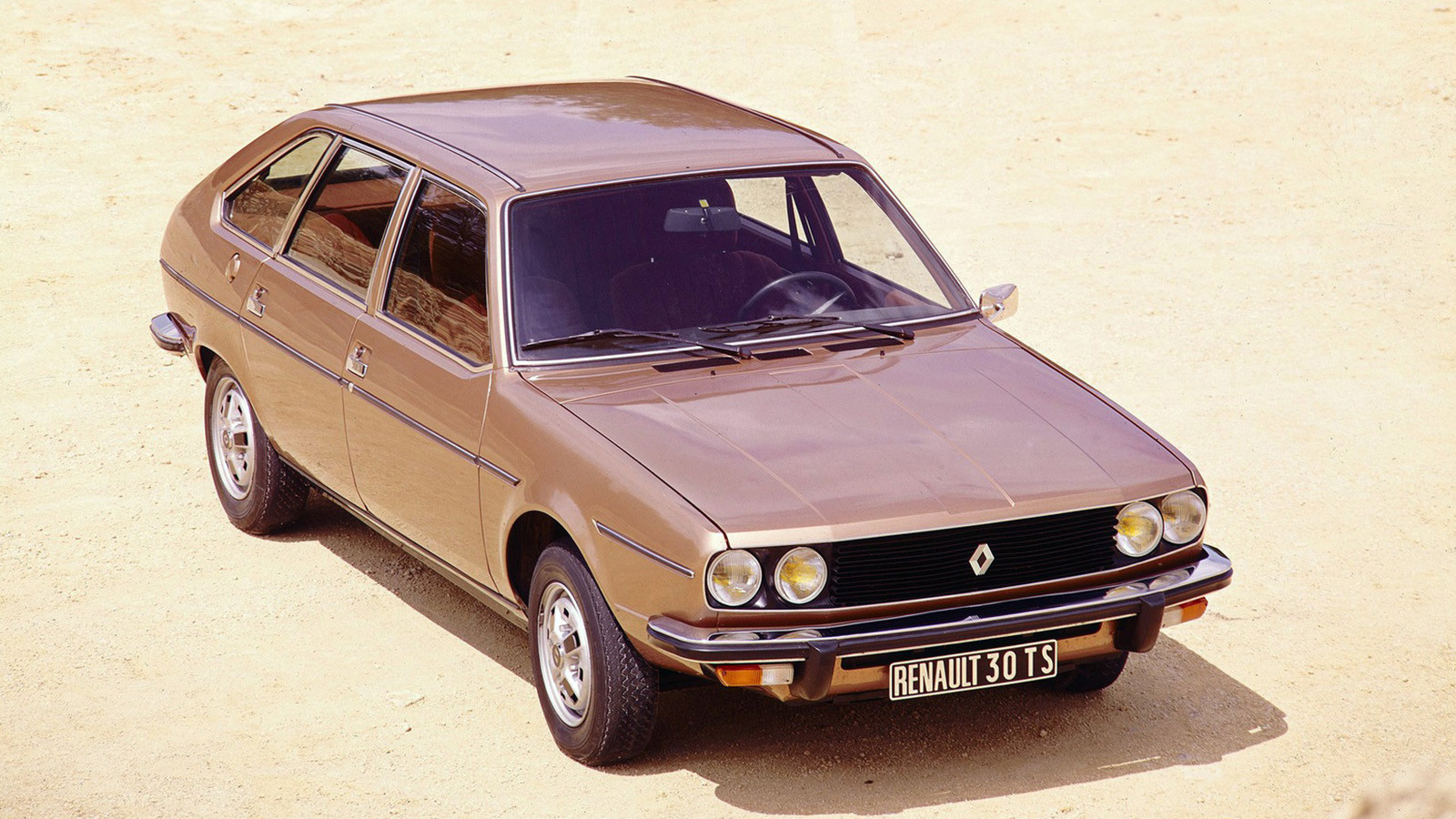 © Renault
© Renault -
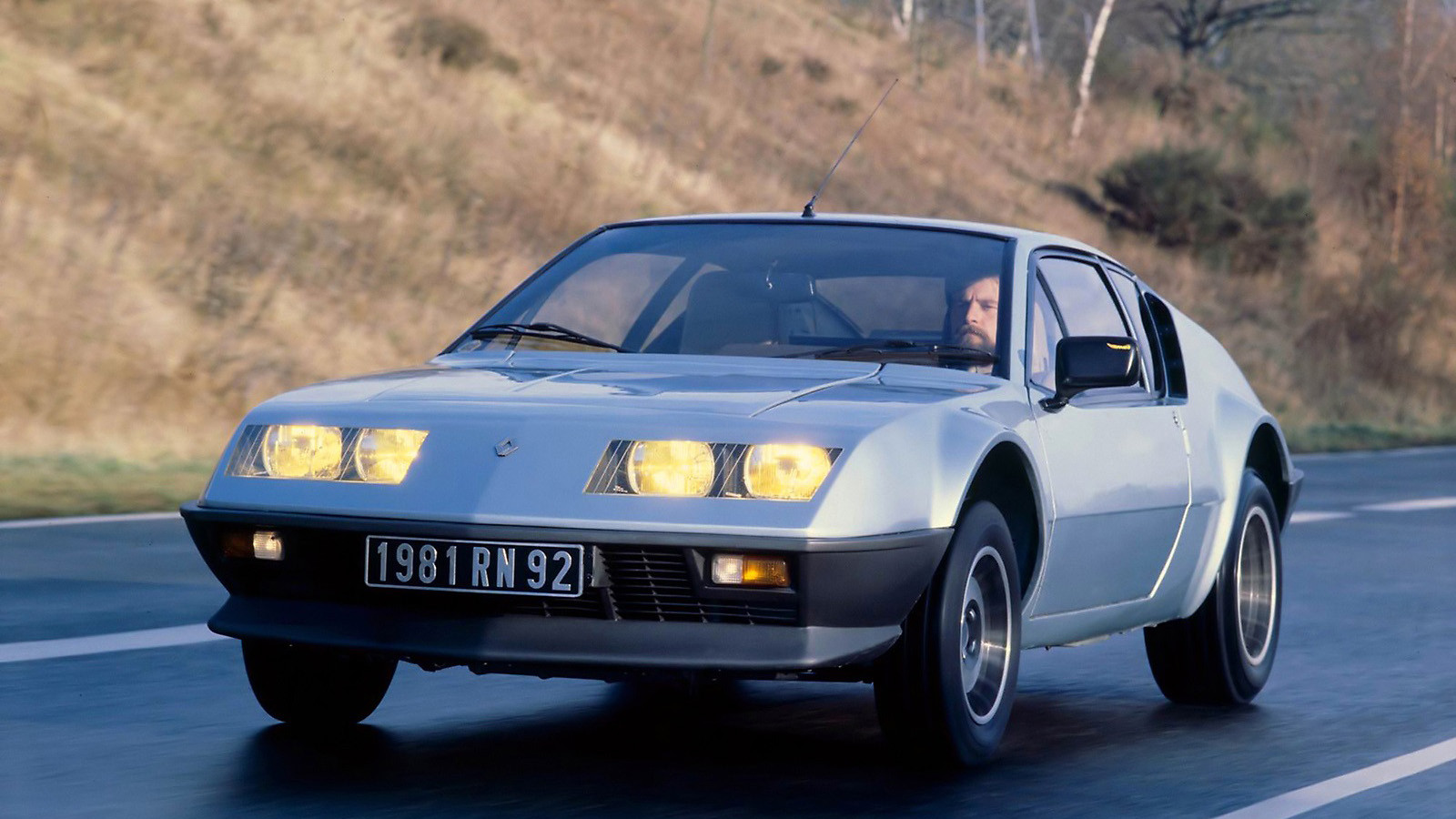 © Alpine
© Alpine -
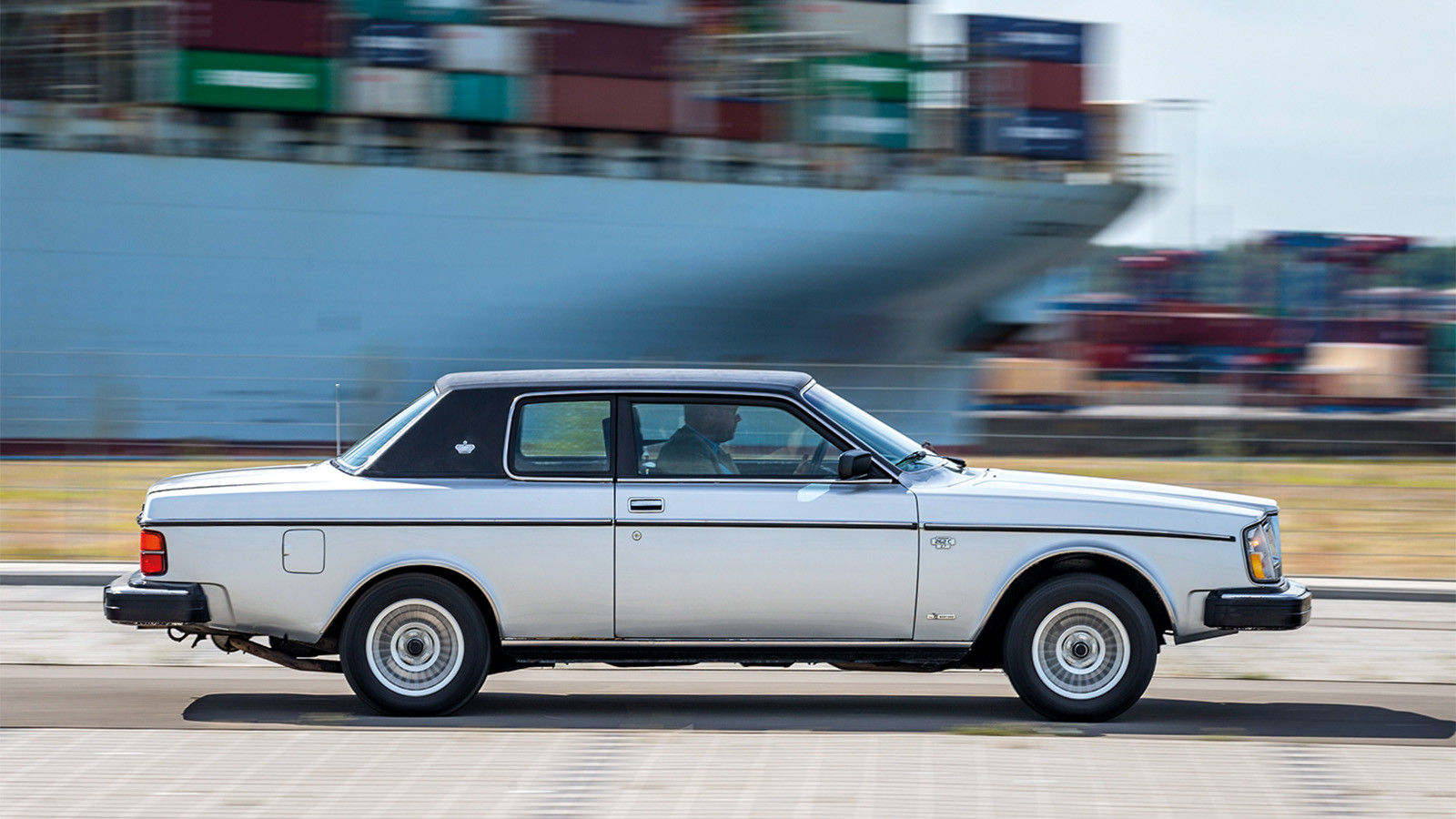 © Martin Meiners/Classic & Sports Car
© Martin Meiners/Classic & Sports Car -
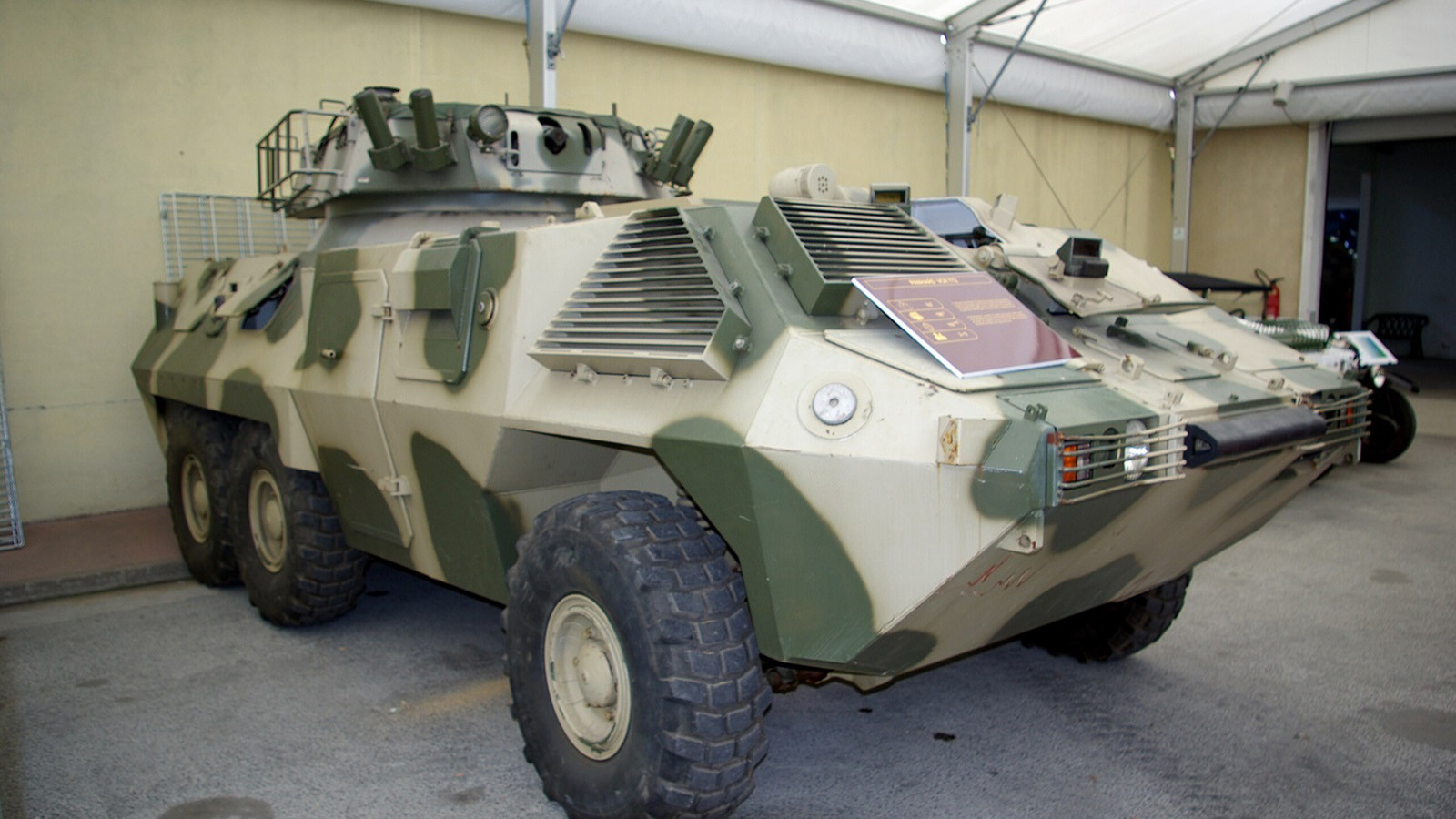 © Duch Seb/Creative Commons licence https://creativecommons.org/licenses/by-sa/4.0/
© Duch Seb/Creative Commons licence https://creativecommons.org/licenses/by-sa/4.0/ -
 © Tech. Sgt. H. H. DEFFNER/Creative Commons licence https://creativecommons.org/licenses/by/2.5/
© Tech. Sgt. H. H. DEFFNER/Creative Commons licence https://creativecommons.org/licenses/by/2.5/ -
 © Stellantis
© Stellantis -
 © Haymarket Automotive
© Haymarket Automotive -
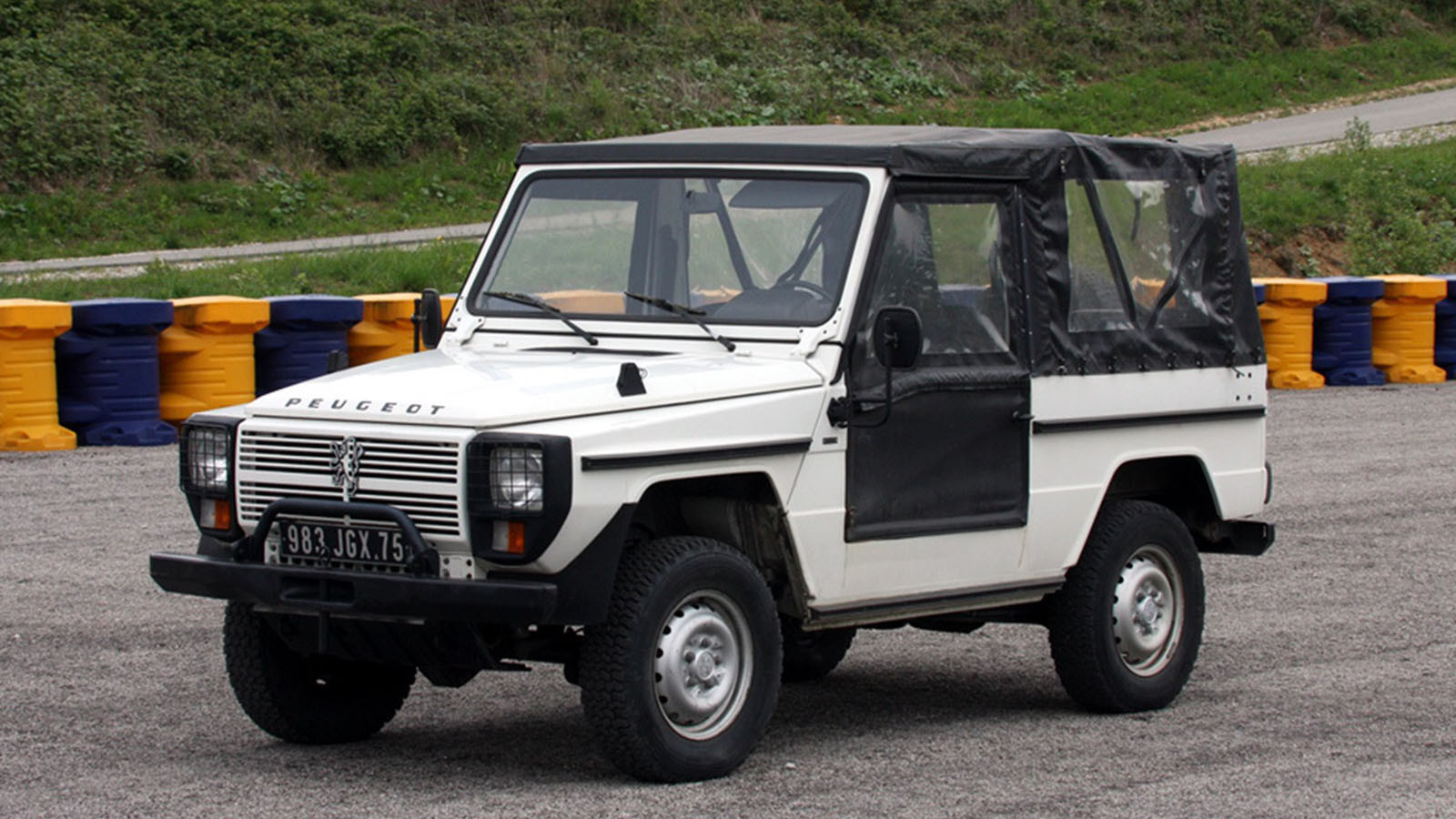 © Stellantis
© Stellantis -
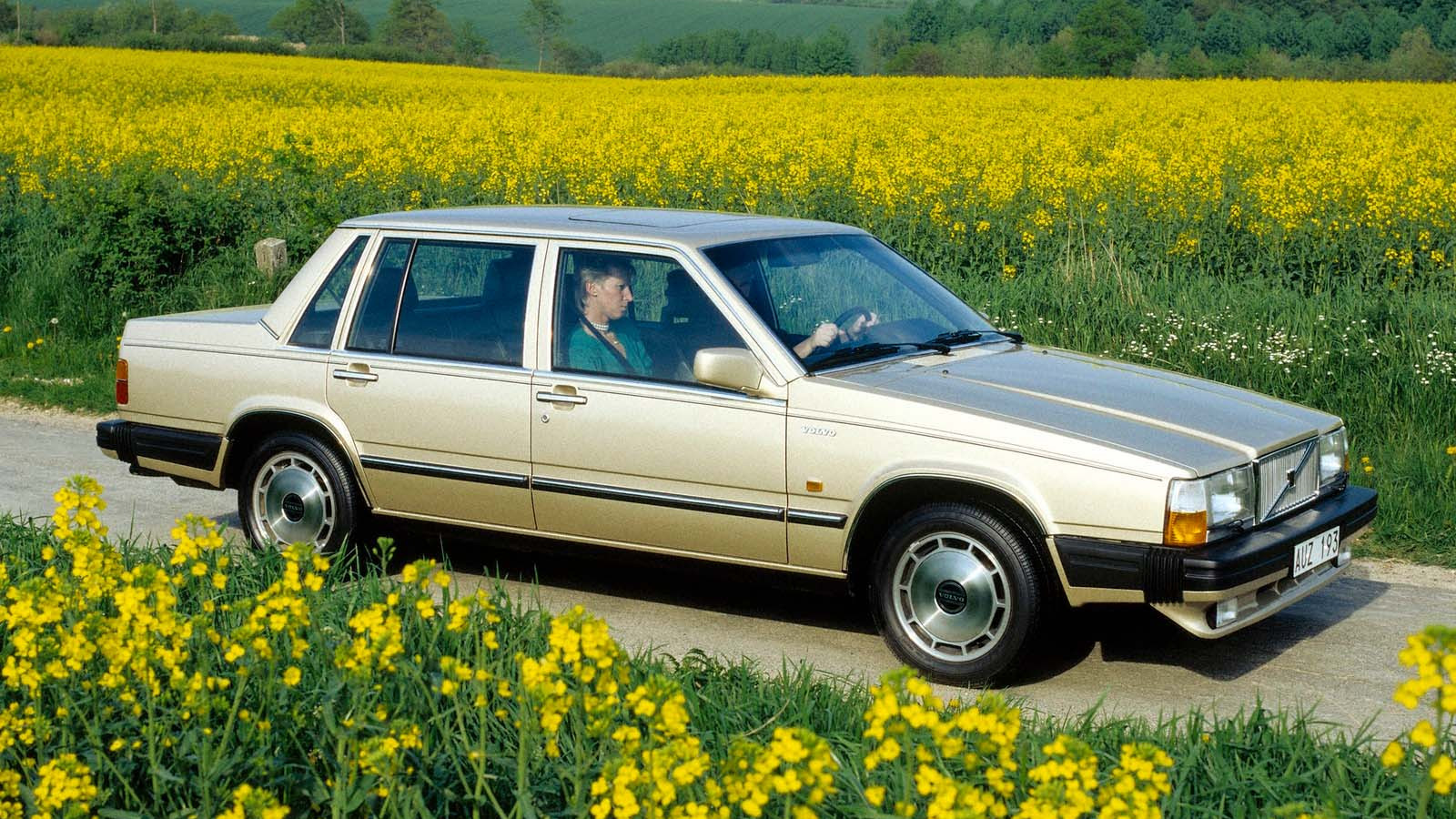 © Volvo
© Volvo -
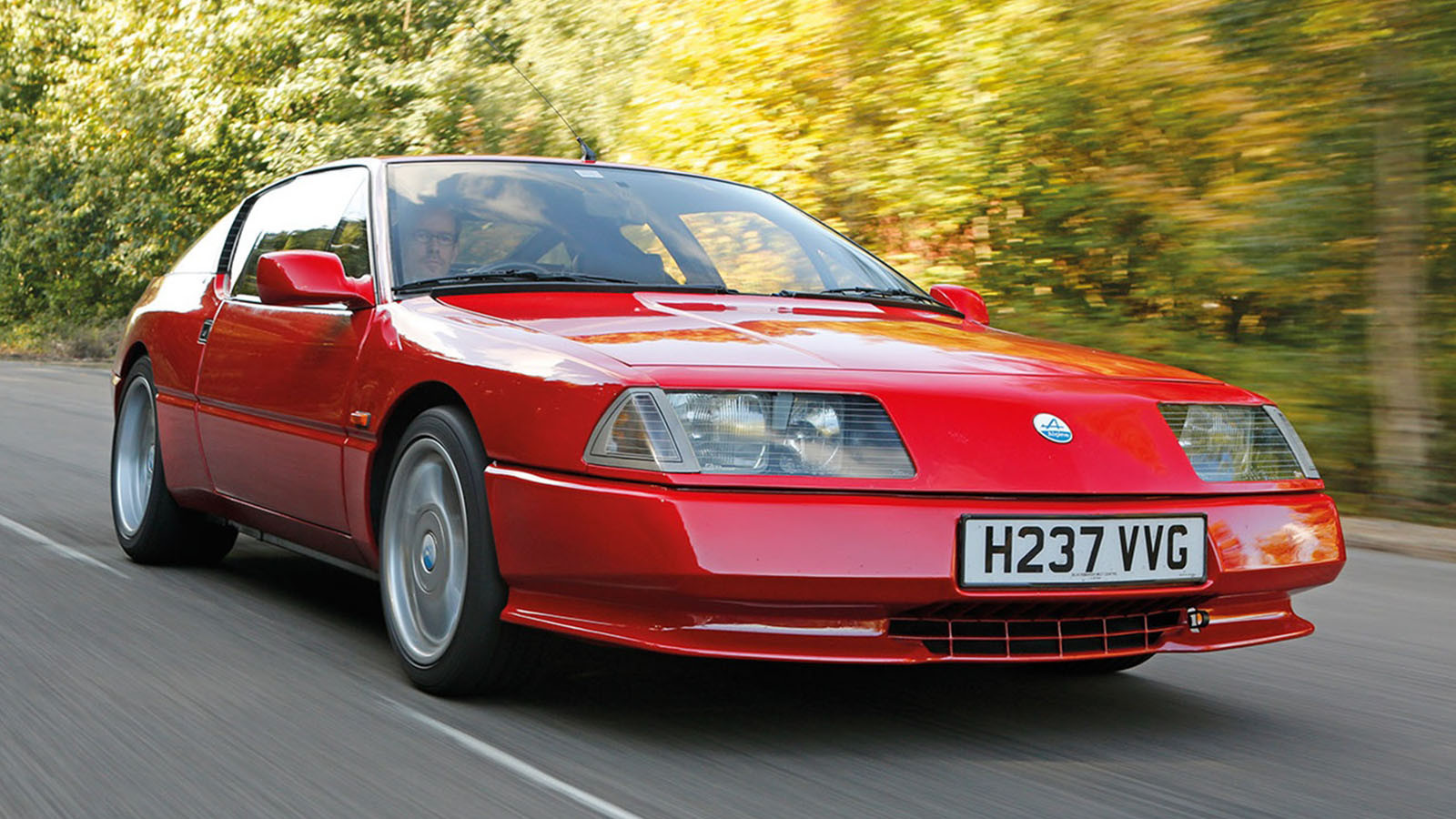 © Tony Baker/Classic & Sports Car
© Tony Baker/Classic & Sports Car -
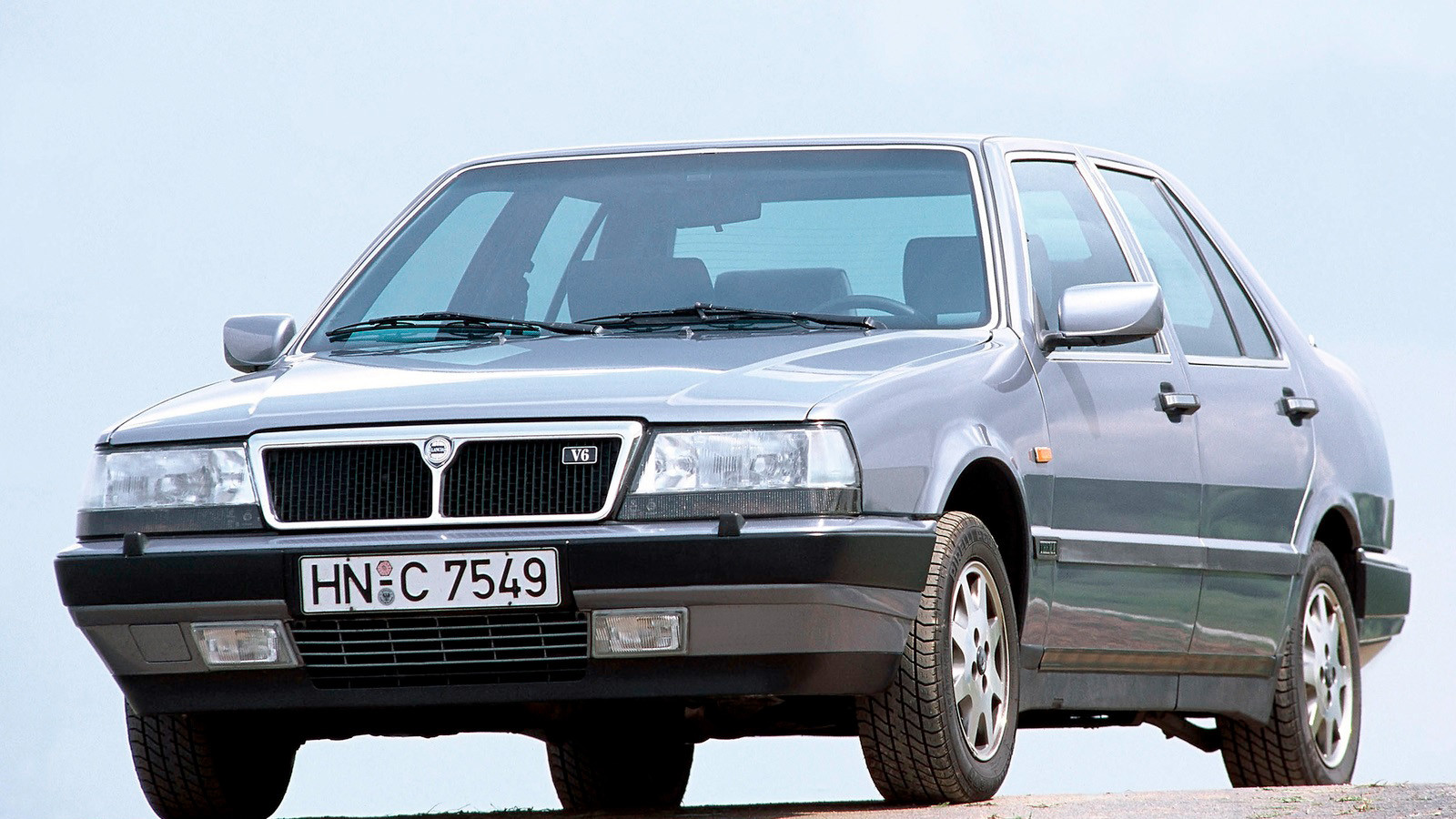 © Stellantis
© Stellantis -
 © MVS
© MVS -
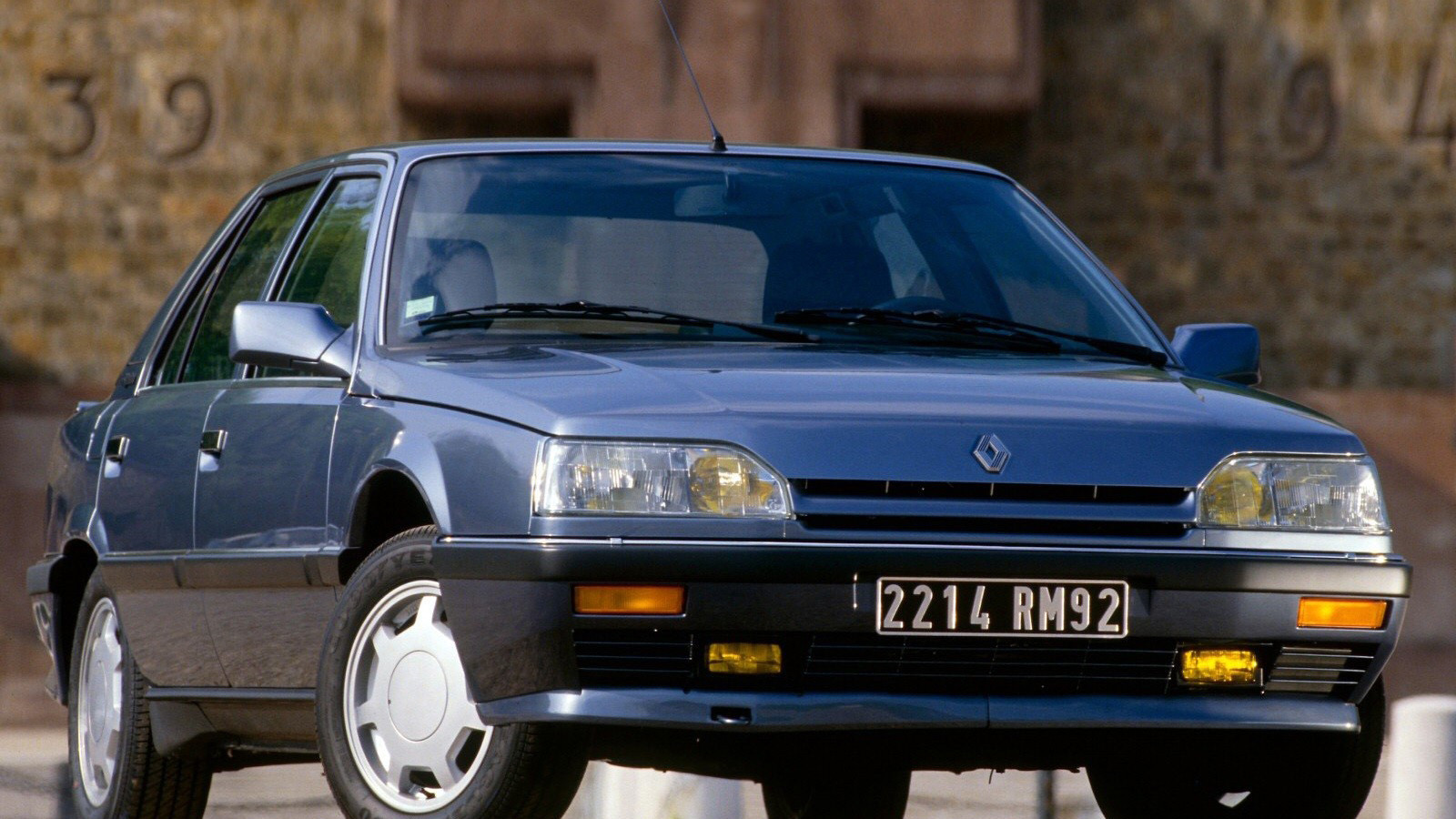 © Renault
© Renault -
 © Martin Meiners/Classic & Sports Car
© Martin Meiners/Classic & Sports Car -
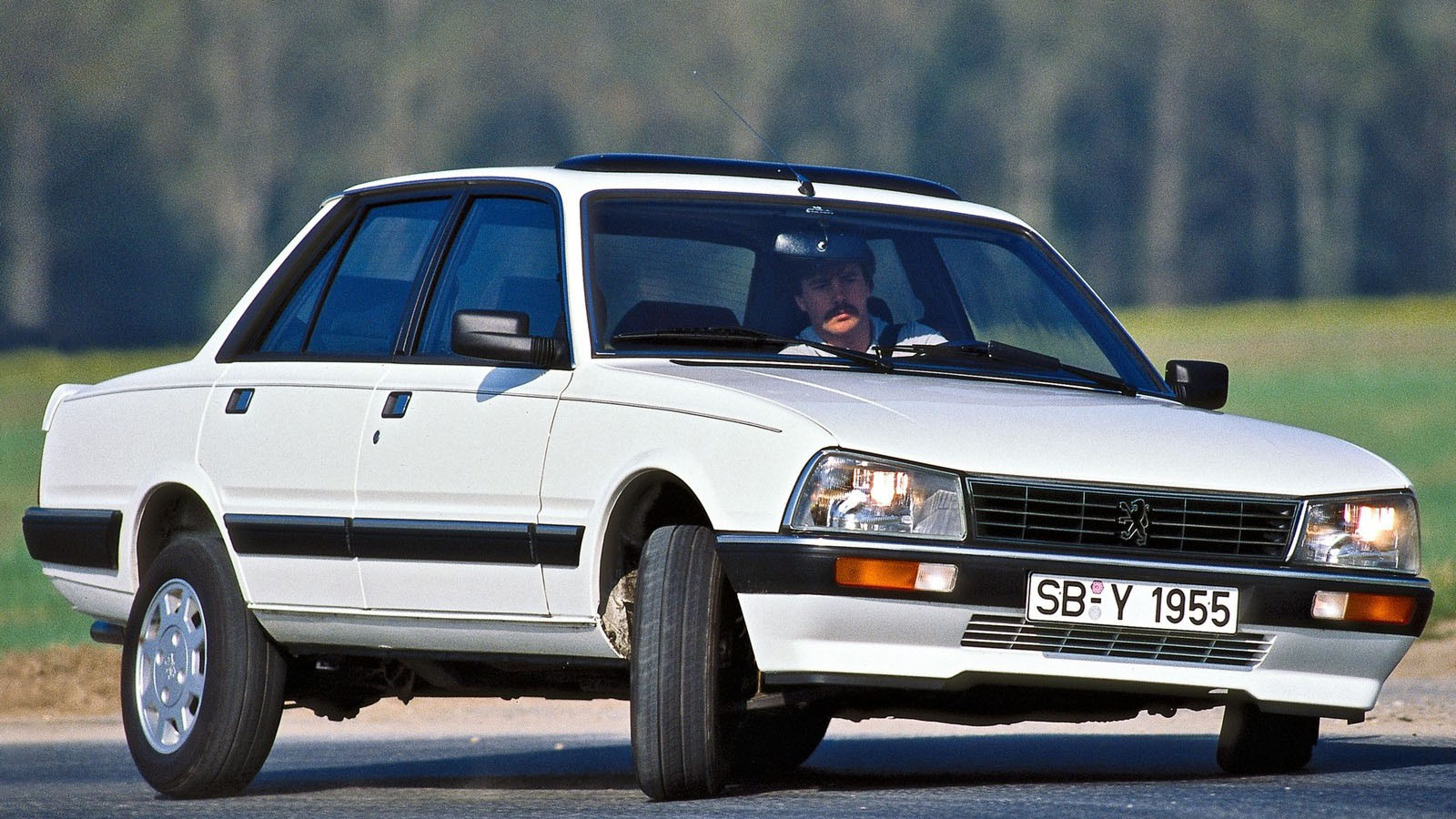 © Stellantis
© Stellantis -
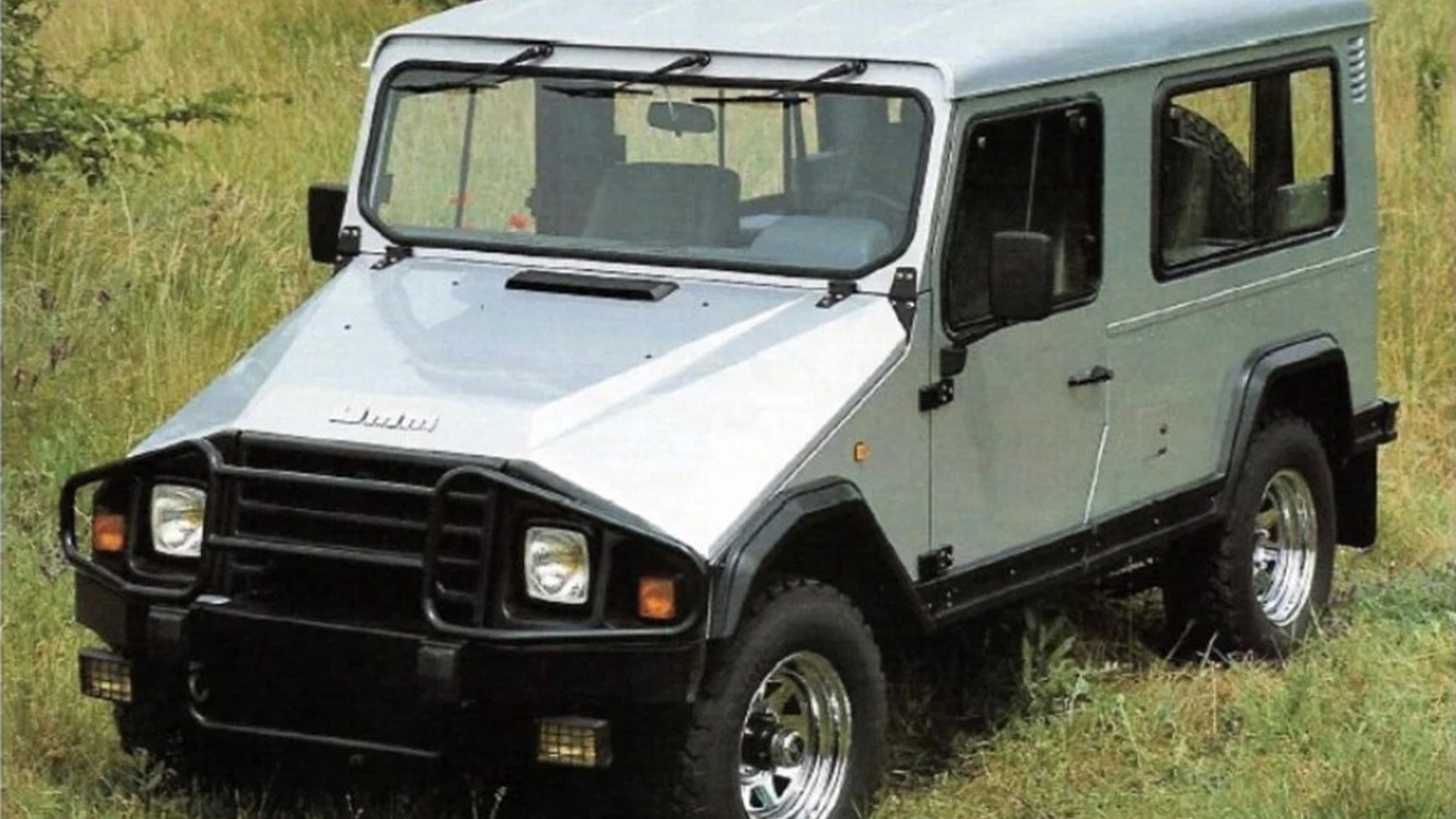 © UMM
© UMM -
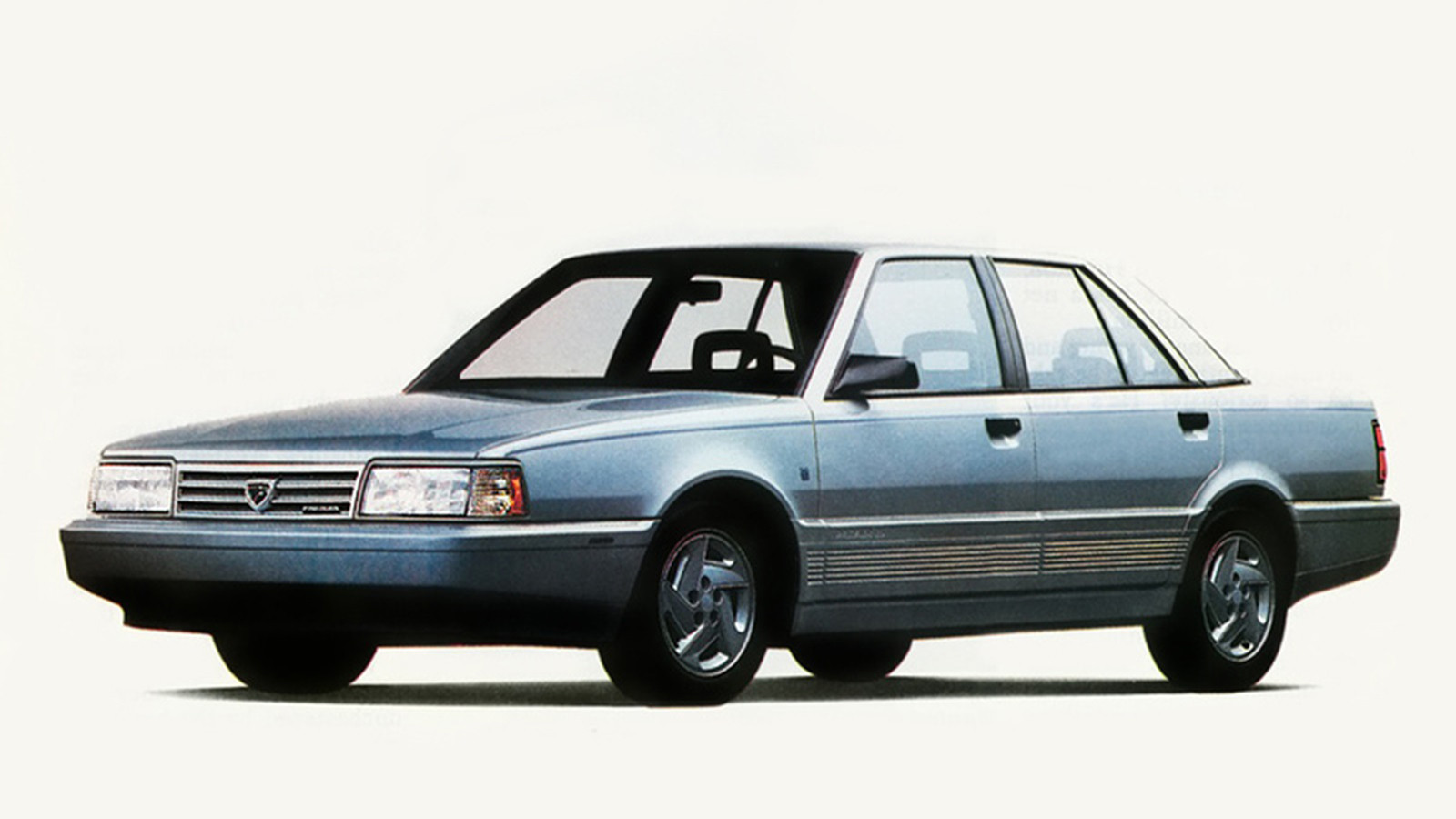 © Stellantis
© Stellantis -
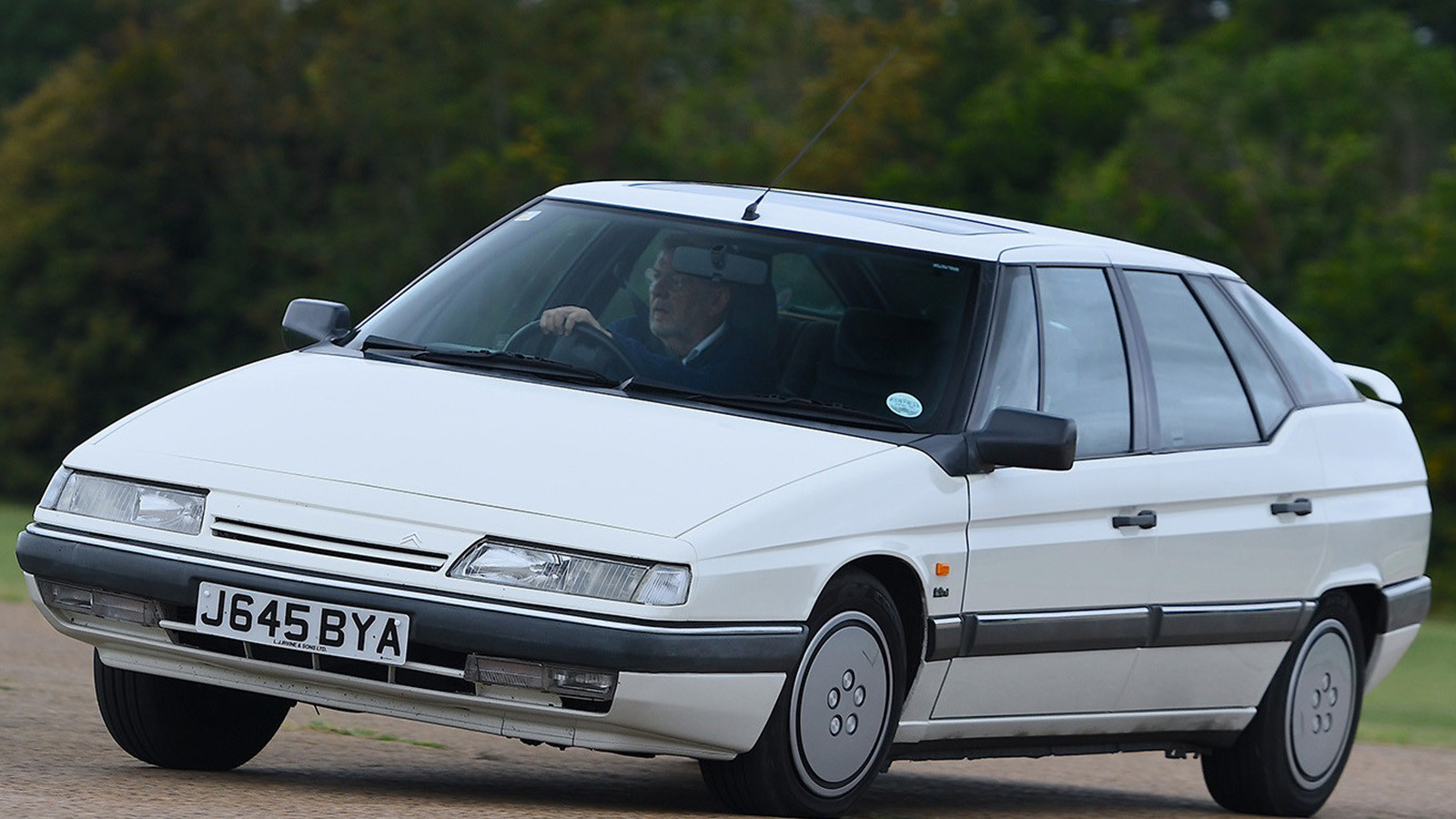 © Classic & Sports Car
© Classic & Sports Car -
 © Stellantis
© Stellantis -
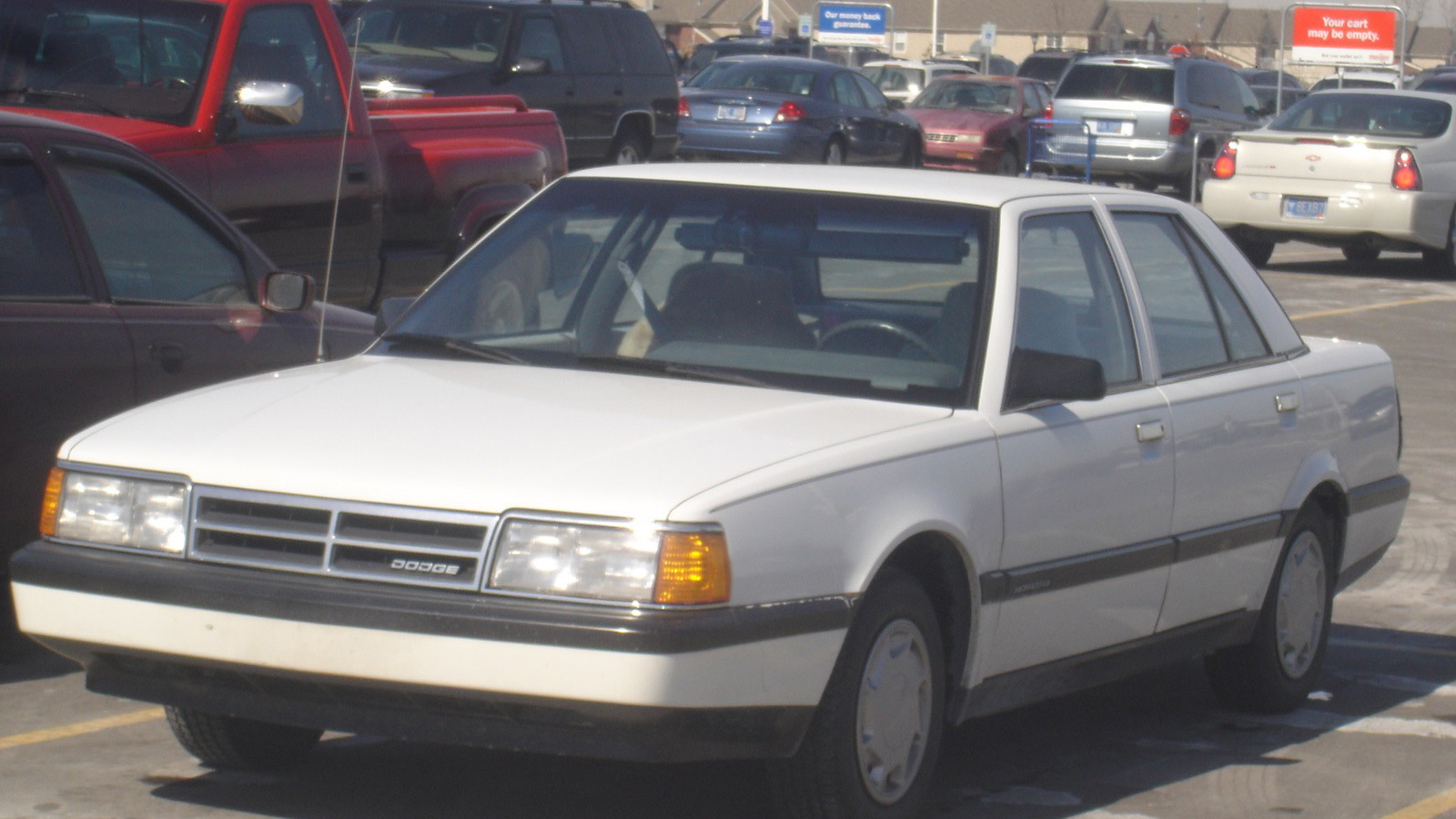 © Karmann/Creative Commons licence https://creativecommons.org/licenses/by-sa/3.0/
© Karmann/Creative Commons licence https://creativecommons.org/licenses/by-sa/3.0/ -
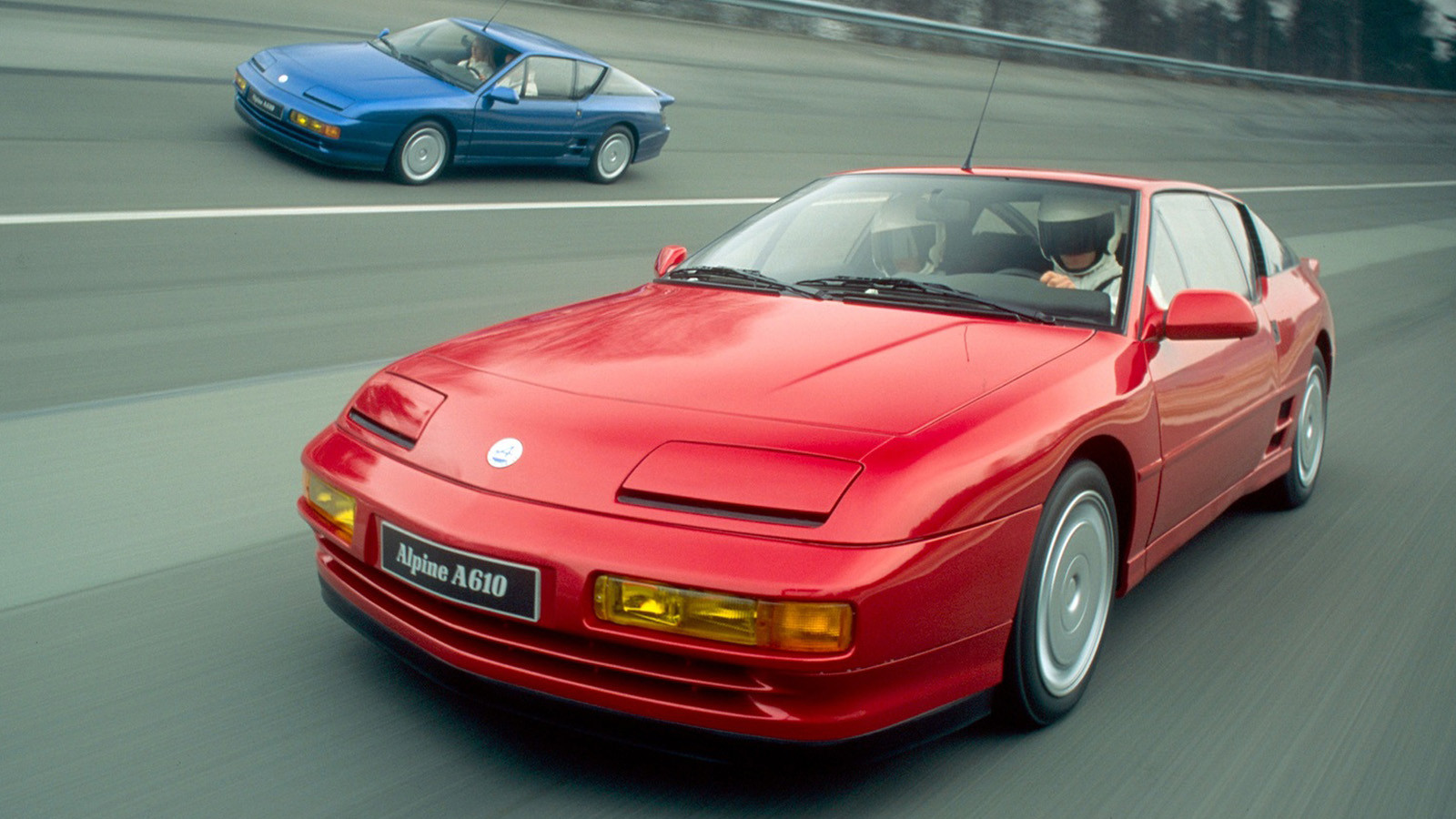 © Alpine
© Alpine -
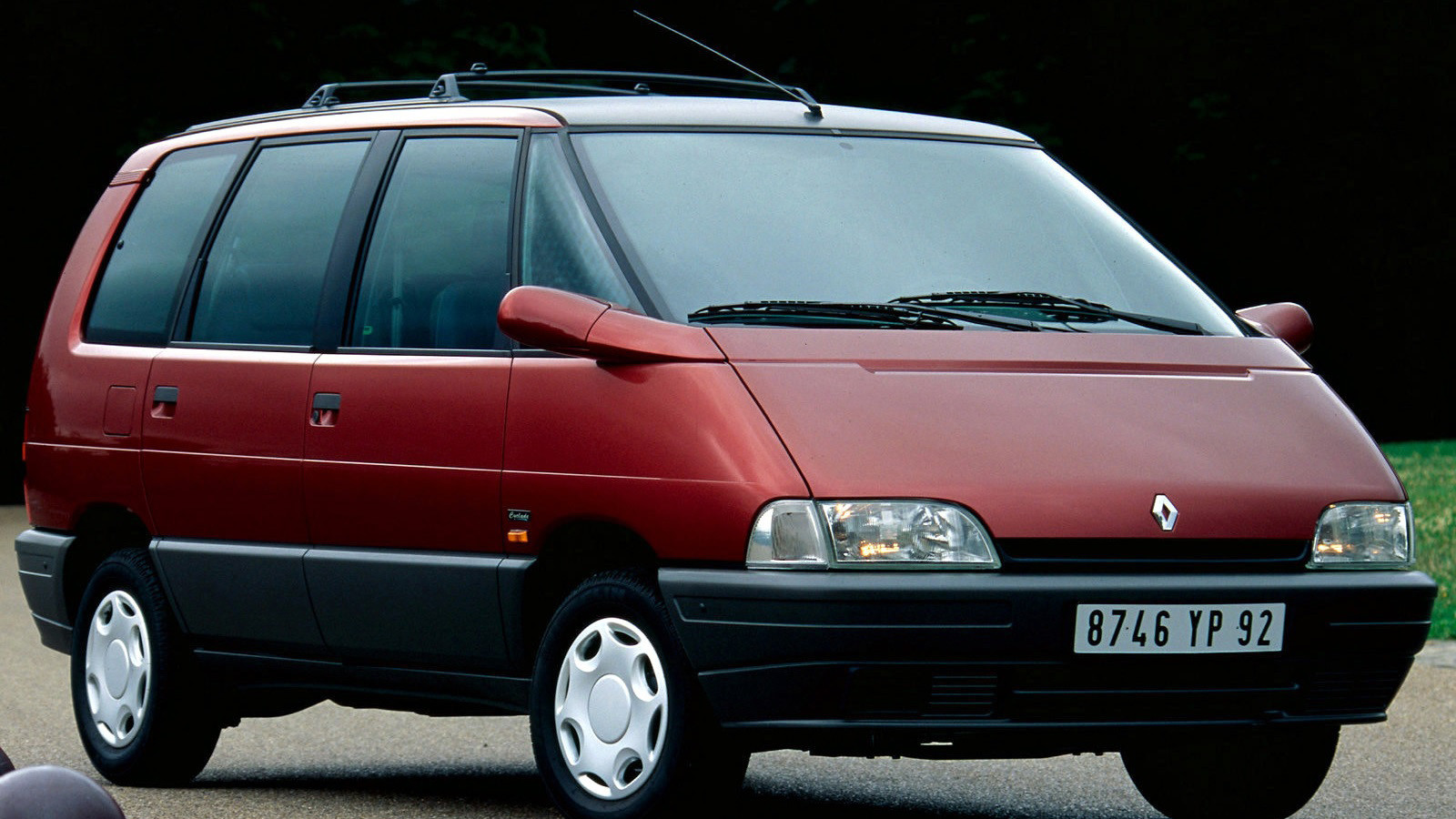 © Renault
© Renault -
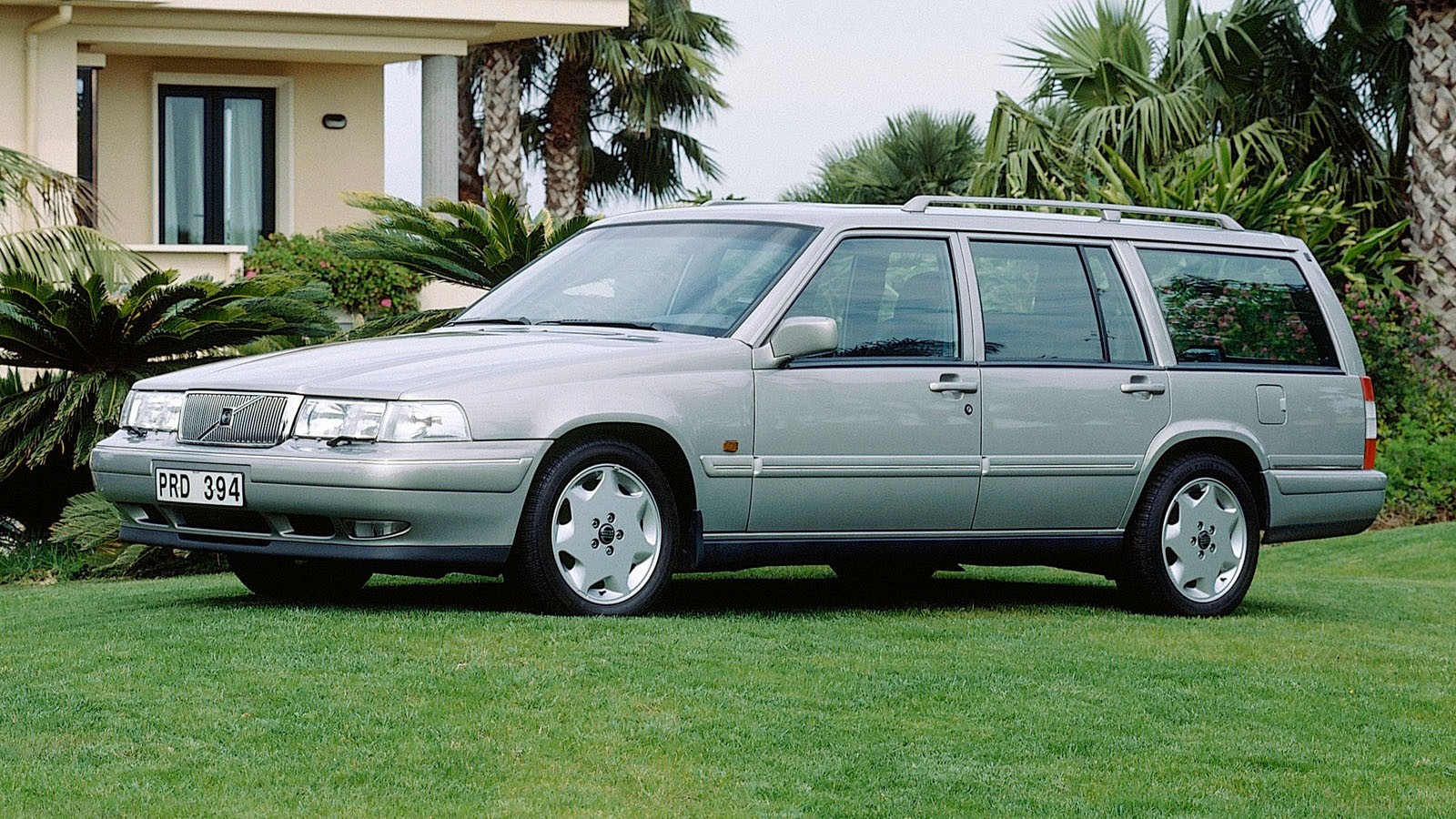 © Volvo
© Volvo -
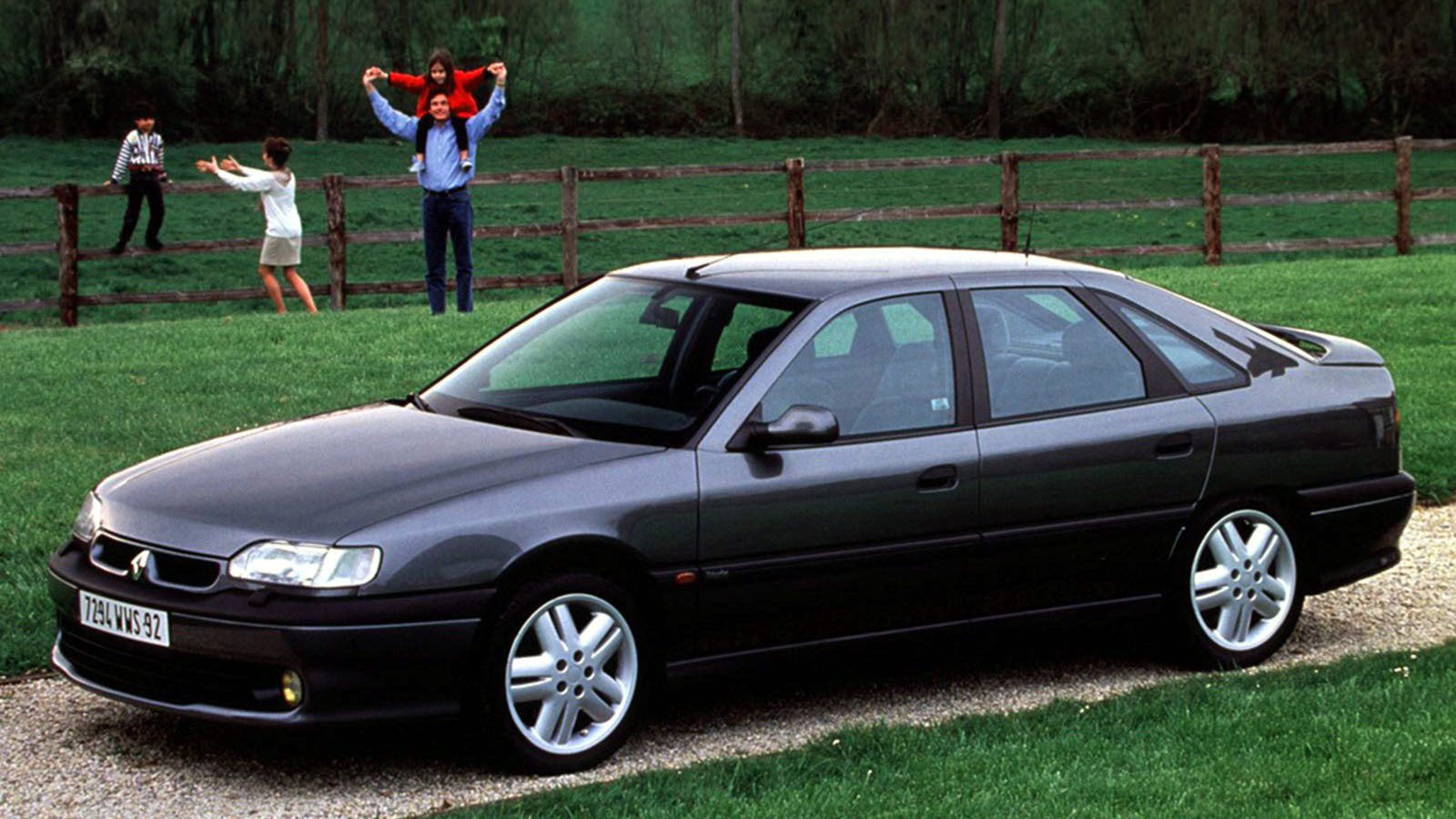 © Renault
© Renault -
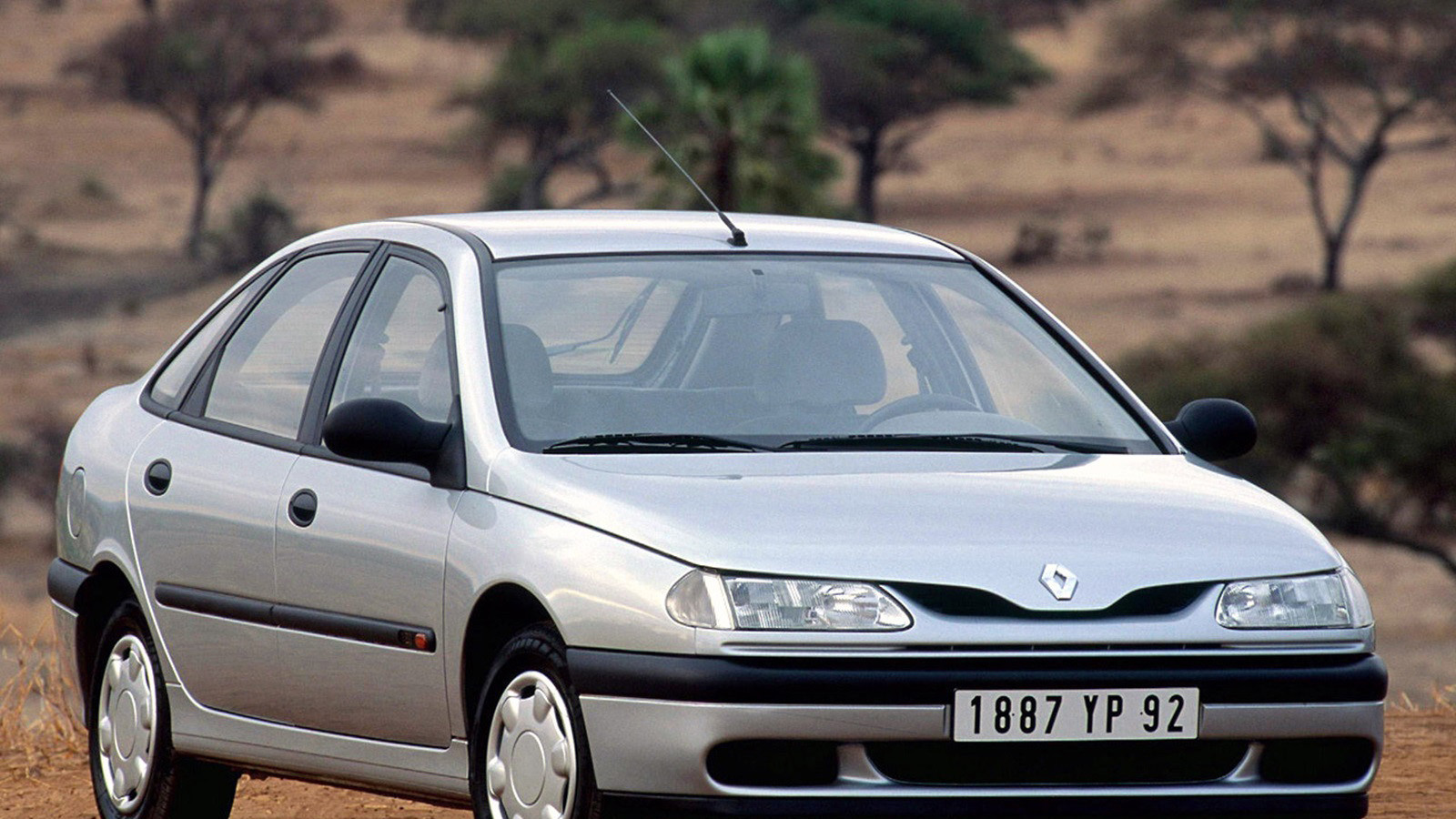 © Renault
© Renault -
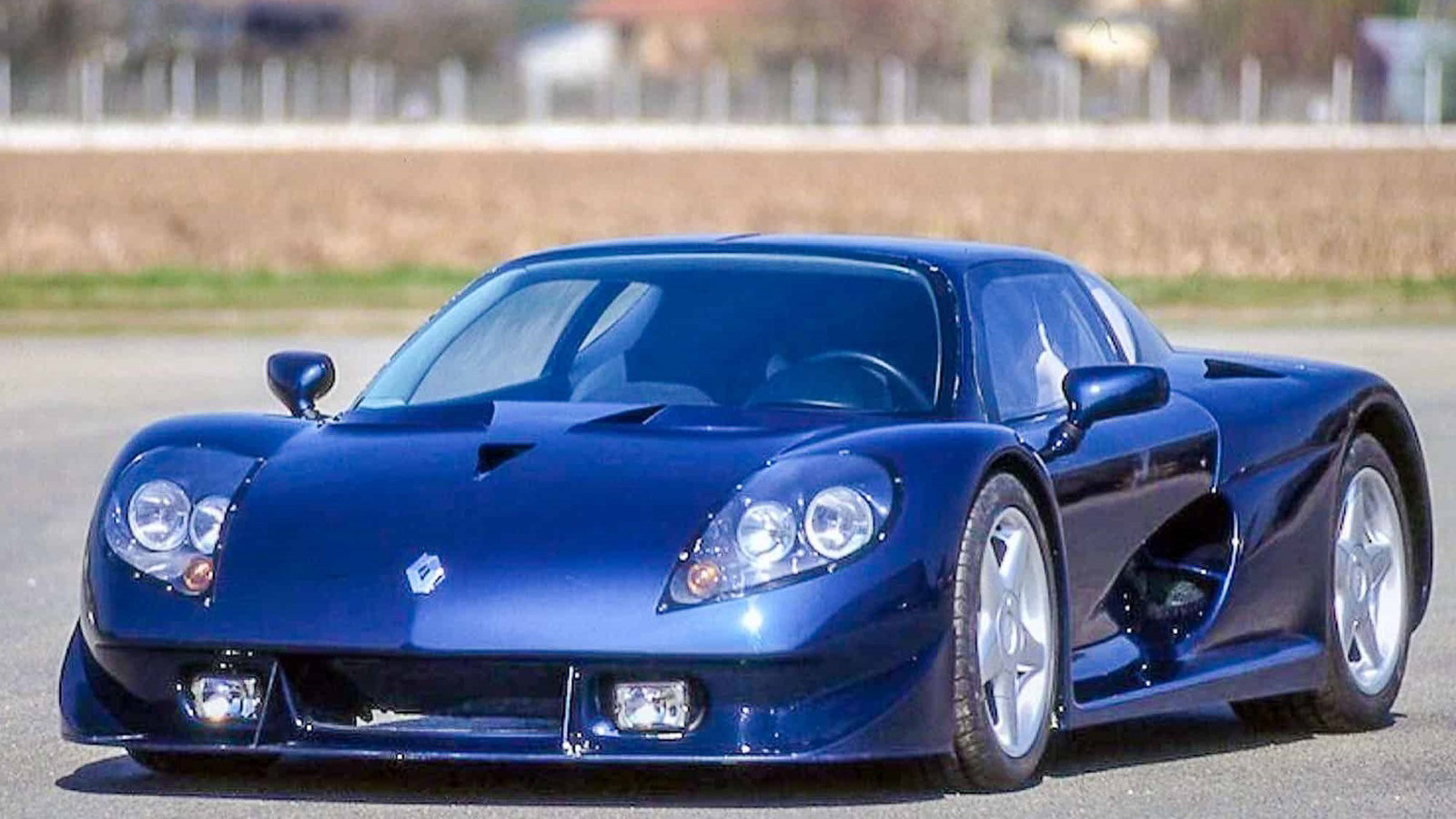 © Helem
© Helem
-
A varied V6
The Peugeot-Renault-Volvo alliance that brought about the PRV V6 engine, better known to some as the Douvrin V6, after the location of the factory in northern France in which it was built, had a long production life that lasted from 1974 right through to 1997.
Along the way, this V6 unit powered everything from Paris-Dakar cars to Le Mans contenders, but it served most honourably in a wide range of road cars.
Here we look at the diverse range of road-legal machines the PRV V6 engine powered, arranged in chronological order.
-
1. 1974 Volvo 260
While the PRV V6 was originally a collaboration between Peugeot and Renault, it was the third party in the deal, Volvo, that was first to offer the engine in a production model.
This was the 260 series, with the 264 saloon and 265 estate.
The V6 gave the square-rigged Swede a decent turn of pace, but effortless cruising was of more interest to most customers.
In 2.7-litre form, the engine served the 260 series up to 1980, when it was then replaced by a 2.85-litre version, however, 19mpg might have made some think before placing an order.
As well as the standard saloon and estate models, Volvo also used the PRV V6 engine in the 264 TE Bertone limousine that appeared in 1975 with a stretched wheelbase for added rear-passenger accommodation.
-
2. 1974 Peugeot 504 Coupé and Cabriolet
Peugeot gave its new V6 appropriately star billing with the company’s first outing of the engine in its sleek 504 Coupé and Cabriolet models.
This V6 gave the stylish 504s the power and performance they deserved, and turned them into very able cruisers.
To begin with, the 2664cc V6 came with a modest 134bhp and carburettors, but that was improved to 142bhp with help from fuel injection in 1977.
Early models made do with a four-speed manual gearbox, but a five-speeder was fitted from 1978. There was also the option of an automatic ’box.
The PRV V6 was also later used in motorsport versions of the 504 Coupé and enjoyed some success in rallying, with two World Rally Championship victories for the model.
-
3. 1975 Peugeot 604
Peugeot didn’t use its new V6 engine in the 504 saloon, preferring instead to use the 2.7-litre motor in its new 604 executive four-door to challenge the Ford Granada.
It should have been a sure-fire hit thanks to the smooth engine and Peugeot’s knack with suspension, but the 604 turned out to be a remarkably bland machine.
That didn’t stop the French firm shifting 240,100 in total, but many of those were fitted with the far less refined four-cylinder diesel engine.
Performance from the V6 engine was good for the time, providing 0-60mph in 9.9 secs and 120mph, and that improved when the 2.7 V6 was replaced by the 2.85-litre version.
-
4. 1975 Renault 30
Renault was a little later to the PRV Douvrin V6 party with its 30, a fastback-styled executive hatchback and the largest-engined car the company had offered up to that point in the post-war period.
In typical Renault fashion, the V6 engine was mounted ahead of the transmission to drive the front wheels, which gave the 30 an elongated snout.
However, it also meant the Renault offered masses of cabin space, and the boot was generously large and practical.
For those drivers prepared to wind the V6 up to maximum revs, the Renault 30 was able to reach 116mph and was a fine choice for long drives.
When production ended in 1984 to make way for the new Renault 25, the French marque had sold 160,265 30s.
-
5. 1976 Alpine A310
The original Alpine A310 with its Renault 17-sourced, 1.6-litre engine and 125bhp was not going to worry Porsche.
However, the French sports-car maker must have rejoiced when it received the new Douvrin ‘six’ for the 1976 A310 V6.
Power was only up to 148bhp from the 2.7-litre V6, but its greater low- and mid-range urge to help it offer 0-60mph in a decent 7.6 secs. All out, it could reach 137mph and the engine made a wonderful sound to give the Porsche 911 a soundcheck.
A five-speed manual gearbox arrived in 1978 to replace the early four-speeder, but it wasn’t enough to lift the A310 V6’s sales to the same level as its German rival.
With a modest 9276 made by the time production ended in 1985, the Alpine A310 V6 remained a rare but intriguing alternative to the 911.
-
6. 1977 Volvo 262 C
Volvo wasn’t shy about trying something left-field and the 262 C coupé was about as out there as a brick-shaped car could be.
Styled by Jan Wilsgaard in-house at Volvo, the 262 C carried a Bertone badge because it was built by the Italian firm in Italy.
Its lowered roofline, clad in vinyl, gave it a vaguely sinister look, however the V6 engine’s easy-going nature was well suited to the laid-back drive of the 262 C, which was primarily made with the US market in mind.
Indeed, the majority of the 5622 coupés produced went to the USA.
-
7. 1979 Panhard VCR
When Citroën took over Panhard in 1967, the famous French name was redirected to producing light military vehicles.
In 1974, Citroën became part of the PSA Group, giving it access to the PRV V6 that was then used in Panhard’s VCR light armoured personnel carrier.
The 6x6 VCR was a sizeable vehicle for the 145bhp V6 to move, but this was aided by the Panhard’s ability to raise the middle set of wheels when driving on the road.
To maximise space inside the VCR for troops, the engine was mounted in the front-right section of the hull.
For the 7.9-ton VCR, the Douvrin V6 was converted to run on diesel, because this is the fuel used in most military vehicles.
It could power the VCR to a top speed of 56mph and cover up to 430 miles on a full tank of diesel.
-
8. 1980 Panhard ERC
With Panhard under the wing of the wider PSA Group, it made sense to use the PRV V6 engine in its military offerings, and the ERC was a six-wheeled reconnaissance vehicle.
Unlike the larger VCR from Panhard, the ERC stuck with a petrol-powered version of the V6 engine, but this was now the larger 2.85-litre version, as seen in the likes of the Peugeot 604.
This gave the ERC a top speed of 56mph and a driving range of up to 450 miles before it needed to be refuelled.
However, military users found the 8.9-ton ERC too slow and Panhard came up with a twin-engined version that used a pair of Peugeot four-cylinder turbodiesel engines, giving a combined almost 200bhp.
-
9. 1980 Talbot Tagora
The Talbot name was revived by Peugeot when the Chrysler name was dropped in Europe and the Tagora was the flagship saloon.
Launched in 1980, it was far from a great looker next to the sharply styled Ford Granada or Vauxhall Carlton.
One saving grace for the Tagora should have been the option of the PRV V6 in 2.7-litre form. Allied to a five-speed manual transmission or three-speed automatic gearbox, it gave the Talbot decent performance.
However, the soft ride and soggy handling failed to excite many buyers.
Despite its 2.7-litre capacity, the Talbot was badged as a 2.6-litre model. Regardless of this, the V6 found a mere 1083 buyers out of a dismal total of 23,400 Tagoras sold between 1980 and 1984.
-
10. 1981 De Lorean DMC-12
A rear-mounted V6 engine with fuel injection and a great sound should have been a bullseye for sales of the De Lorean DMC-12. It was also an opportunity for some halo effect for the PRV V6 engine when it was chosen for this all-new, stainless-steel-bodied sports car.
However, the choice of body material contributed to the De Lorean being quite heavy. The 2.85-litre V6’s modest 130bhp, necessitated to meet US emissions regulations, meant performance just didn’t live up to the looks or hype, giving 0-60mph in a distinctly relaxed 9.6 secs and 130mph flat out.
Poor build quality and company woes soon put paid to the De Lorean, with 8583 built in total, though the V6 engine went on to prove its worth in other sporting cars.
-
11. 1981 Peugeot P4
Think of the P4 as Peugeot’s answer to military versions of the Land Rover Defender and you’re on the mark.
This simple, rugged, light four-wheel-drive vehicle was produced with the French army in mind and is related to the Mercedes-Benz G-Wagen.
Initially built with four-cylinder petrol or diesel engines, it was later fitted with the 2.85-litre PRV/Douvrin V6 for improved performance.
This V6 version was also sold to the public and supplied to emergency services, though it was a slow seller.
With the V6 engine, the P4 could just break the 100mph top-speed barrier, though 0-62mph took a leisurely 13.4 secs.
-
12. 1982 Volvo 760
Soberly styled and powered by an equally restrained 2.85-litre V6 engine, the Volvo 760 saloon and estate were initially only available with the PRV V6.
However, things were stirring in Sweden and the V6 was joined by a turbocharged 2.3-litre four-cylinder engine a year after the 760’s launch.
This new engine, despite its smaller capacity and fewer cylinders, was more powerful and gave the Volvo a surprising turn of speed.
Even so, Volvo’s traditional customers were still keen on the smooth V6 and it accounted for a decent share of the 1,237,200 units made of the 700 series during its lifetime.
-
13. 1984 Renault Alpine GTA
A thorough update of the Alpine A310, the GTA used a 158bhp version of the 2.85-litre V6 engine coupled to a five-speed manual gearbox.
With an all-up weight of 1140kg (2513lb), the GTA was brisk rather than outright fast, delivering 0-70mph in 7.5 secs and a top speed of 139mph.
If you wanted to go faster in a GTA, you had to wait until 1985 for the Turbo model that provided 197bhp.
This pushed the top speed to 149mph and dropped the 0-60mph time to 5.7 secs, making the Turbo the fastest French production car up to that point.
The GTA handled well in both forms, but it was never a serious threat to the Porsche 911 and was more of a four-seat alternative to a Lotus Esprit.
-
14. 1984 Lancia Thema
A rare car even by Lancia’s standards, the Thema V6 found a mere 4888 buyers in total who appreciated its mix of luxury and exclusivity.
Under the bonnet of the Thema V6 was a 2.8-litre PRV V6 with 147bhp and attached to a three-speed automatic transmission.
Performance was reasonable, with a 123mph top speed and 0-60mph in 9.3 secs, but anyone looking for a quick Thema was much more likely to choose the rapid Turbo model that could crack 0-60mph in 6.8 secs. Or you could have gone all out with the Ferrari-engined Thema 8.32.
The Thema V6 did have the distinction of being the first PRV-V6-powered car to use the engine in a transversely mounted position.
-
15. 1984 MVS Venturi
There were clear parallels between the MVS Venturi and the Renault Alpine GTA. Prime among these was the PRV V6 engine that powered both of these French sports cars.
The MVS started out with the same turbocharged 2.85-litre V6 engine as the GTA. However, a key difference was the Venturi’s engine was mid-mounted compared to the Alpine’s rear-mounted motor. This gave the MVS excellent handling, but the engine’s turbo lag could make it tricky to drive on the limit.
For 1994, the Atlantique 300 replaced the Venturi 260 and used a version of the 3-litre Douvrin motor for Porsche 911 turbo levels of pace.
A final throw of the dice for the Atlantique came with the new generation of PSA V6 engines in the late 1990s.
-
16. 1984 Renault 25
The Renault 25 replaced the 20/30 ranges in 1984 and made good use of the PRV V6 in a number of power outputs, alongside four-cylinder petrol and diesel engines.
To begin with, the 25 was offered with the choice of a 142bhp 2.7-litre V6 engine, or a turbocharged 2.5-litre unit that produced a much brawnier 180bhp.
In 1987, a 137bhp 2.85-litre V6 was offered briefly up to 1988.
For 1989, the 2.85-litre V6 gained an increase in power to 152bhp, while the Turbo upped its game with 202bhp that gave the 25 a top speed of 145mph.
Renault also offered an extended-wheelbase version of the 25, with an extra 8.9in (227mm) in the wheelbase and this model was always powered by a V6 engine.
-
17. 1985 Volvo 780
Three years after the launch of the 700 series, Volvo made a return to the coupé market with the 780.
It was a much more restrained effort than the previous 262 C, but was styled and built by Bertone in Italy.
The plan had been to offer the 780 with the same turbocharged 2.5-litre V6 as used by Renault in its 25. However, the smaller engine bay of the 780 meant the turbo motor generated too much heat, so Volvo reverted to the same engines as the 760.
This meant a choice of 2- and 2.3-litre turbo four-cylinder units, or the 2.85-litre V6.
Volvo also fitted the 780 with a 2.4-litre turbodiesel six-cylinder engine, but only for the Italian market.
-
18. 1986 Peugeot 505
Unlike the 504 saloon and estate models that made do with four-cylinder engines only, Peugeot decided the 505 deserved a V6 option.
However, it took until the facelifted version was introduced in 1986 for this engine to become available to customers.
The 2.85-litre V6 sat alongside the nippy Turbo in price and prestige. With 177lb ft of torque, the V6 erred much more on the refined side of the equation compared to the sportier Turbo.
The V6 found some favour in the US and it was latterly the only engine offered in the 505 saloon in this market.
However, when the 505 saloon was replaced by the 605, the V6 engine was dropped from the 505 line-up.
-
19. 1986 UMM Alter II
Seemingly styled with no access to any curves, the ultra-utilitarian UMM Alter II was Portugal’s take on the Land Rover Defender theme.
Most were powered by a 2.5-litre turbodiesel engine, but some were fitted with 2.85- and 3-litre versions of the PRV V6.
As an off-road vehicle, low-rev torque was more important than outright power and both V6s delivered plenty of this through a five-speed manual gearbox to all four wheels.
A revised Alter II was introduced in 1993 with slightly more rounded edges to the bodywork and the V6 remained an option, but one few buyers chose.
-
20. 1988 Eagle Premier
Eagle’s use of the Peugeot-Renault-Volvo V6 engine made perfect sense when you realised Renault had a stake in the US company. As a result, Eagle’s new Premier sedan used the Renault 25’s floorpan as a starting point.
For the US car, a 3-litre version of this V6 was employed with a lazy 150bhp on offer and driving through a four-speed automatic gearbox. As a consequence, performance was equally sedate, with 0-60mph in 10.0 secs.
The Eagle was not a runaway success and 117,502 cars of all types, both V6 and four-cylinder, were produced between 1988 and 1992.
However, customers did enjoy a seven-year, 70,000-mile warranty on the V6 engine that beat anything offered by Eagle’s rivals in the US at the time.
-
21. 1989 Citroën XM
While the frugal diesel engines were popular in the Citroën XM, this French spaceship was at its best when powered by the PRV V6 engine.
From its launch in 1989, the XM was offered with a 3-litre V6 engine producing 174bhp. This 12-valve engine was then joined by a new 24-valve version in 1990 with a healthy 197bhp that lifted the top speed of the sleekly aerodynamic XM to 146mph. It also dropped the 0-60mph time from 9.3 secs to a swifter 8.6 secs.
The 24v V6 was discontinued in 1996, while the 12v 3.0 V6 soldiered on until 1997 when it was replaced by the all-new, 2.9-litre, 24-valve, V6 engine from PSA Group known as the ES.
-
22. 1989 Peugeot 605
The Peugeot 605 marked a big departure for its executive saloon offering, because this new model switched to front-wheel drive from the rear-wheel drive of its predecessor, the 505.
There was also a switch from the 505’s 2.85-litre PRV V6 engine to a new 3-litre version.
Initially, this was a 12-valve motor that gave the Peugeot 605 the power it needed to compete with the Ford Granada Scorpio and Vauxhall Carlton. It could reach 137mph and cover 0-60mph in 8.9 secs.
When the 24-valve version of the engine arrived shortly after launch, it increased the top speed to 145mph while lowering the 0-60mph time to 7.9 secs.
Like all PRV-V6-powered cars, the 3-litre engine was reduced in capacity by 12cc in 1993 from 2975cc to 2963cc to fit in with Switzerland’s car tax classification.
-
23. 1990 Dodge Monaco
The Dodge Monaco name made a return in 1990 after lying dormant for 12 years. It was applied to a lightly reworked Eagle Premier to give Dodge a larger sedan model in its line-up and was only ever offered with the PRV 3-litre V6 engine.
Based on the Renault 25 platform, the Monaco came with the lower-powered version of the 3-litre unit, plus it was only offered with a four-speed automatic transmission, too.
Across three years of production up to 1992, the Dodge Monaco only managed to find 21,549 buyers, making it a sales flop for parent company Chrysler.
-
24. 1991 Alpine A610
The Alpine A610 was the ultimate expression of the GTA and came with a turbocharged 3-litre V6 engine that raised power to 247bhp.
That sort of oomph meant the A610 was capable of 0-60mph in 5.4 secs and a 165mph top speed, which put the rear-engined French machine firmly alongside contemporary rivals such as the Porsche 911 and Ferrari 348.
By now, Alpine had sorted the handling of the car and the A610 was duly praised in road tests of the period.
However, customers proved much harder to come by and only 67 right-hand-drive A610s were sold alongside 750 with the steering wheel on the left.
-
25. 1991 Renault Espace
Even Renault seemed a little caught off guard by the success of the original Espace, but for the second-generation model it had a full range of engines in place.
This included the V6 motor for those who wanted better performance or the added urge needed to lug seven people.
The 2.85-litre V6 was in a modest state of tune compared to some other applications of this motor. A four-speed automatic gearbox became an option in 1995 to make the Espace a very creditable alternative to an executive saloon.
When the third-generation Espace arrived in 1996, the 3-litre PRV V6 was employed until it was replaced by the new PSA Group ES 2.9-litre V6 engine in 1997.
-
26. 1991 Volvo 960
The V6 engine is a relatively unknown unit in the Volvo 960.
This is because the PRV V6 was only fitted to cars sold in a handful of countries, notably Australia and Japan, and early in the car’s production life before the 3-litre straight-six engine came on stream in late 1991.
There were two versions of the PRV V6 used in the 960, comprising a modest 152bhp of the 2.85-litre engine and another with a more appealing 168bhp.
The lower-powered V6 was only offered in Nordic markets, while the 168bhp version was available across Europe in both saloon and estate versions of Volvo’s top-of-the-line model.
-
27. 1992 Renault Safrane
Renault was still very much a force in the mainstream executive market in the early 1990s and the Safrane was a direct replacement for the 25.
Like its predecessor, the Safrane came with a range of four-cylinder petrol and diesel engines, plus an in-line, 2.4-litre, five-cylinder petrol borrowed from Volvo. However, the pinnacle of the engine range was the 3-litre V6 PRV motor.
Unlike its Citroën and Peugeot counterparts, the Renault was only offered with the 165bhp V6 and not the 24-valve version.
However, Renault redressed this imbalance in 1994 when it introduced the Safrane Biturbo with a 259bhp twin-turbo version of the engine that powered the Alpine A610.
Only available with a five-speed manual gearbox and four-wheel drive, the Biturbo managed 0-60mph in 7.2 secs and would head on to a 155mph top speed. Even so, only 806 were made.
-
28. 1993 Renault Laguna
At the top of the range when Renault launched its new Laguna in 1993 was the 3.0 V6 model. It used a 165bhp version of the Douvrin V6 motor, which was possibly calculated so it didn’t tread on the toes of the executive Safrane.
Very few buyers bothered with the V6, largely because of company-car tax and the appeal of better fuel economy from the smaller petrols and diesels.
However, the V6 did give Renault something to rival the V6 versions of the Ford Mondeo and Vauxhall Cavalier/Opel Vectra.
The Laguna V6’s performance gave a top speed of 137mph and 0-60mph in 8.6 secs.
The PRV V6 was then replaced by the new ES generation of 2.9-litre V6 from 1997.
-
29. 1997 Helem V6 Coupé
The final hurrah in a road car for the Douvrin V6 engine from the Peugeot-Renault-Volvo alliance came with the Helem V6 Coupé. It was derived from the RJ Racing Helem built in 1996 for motorsport use.
This Lotus Exige rival was based on the Renault Sport Spider but with a hardtop roof grafted on and some restyling of the front and rear ends.
Mounted in the middle of the Helem was a 3-litre Douvrin V6 in the same specification as that in the Alpine A610. This meant 247bhp and, in a car weighing only 945kg (2083lb), it was claimed it could it a top more than 160mph and knock off 0-60mph in less than 5 secs.
